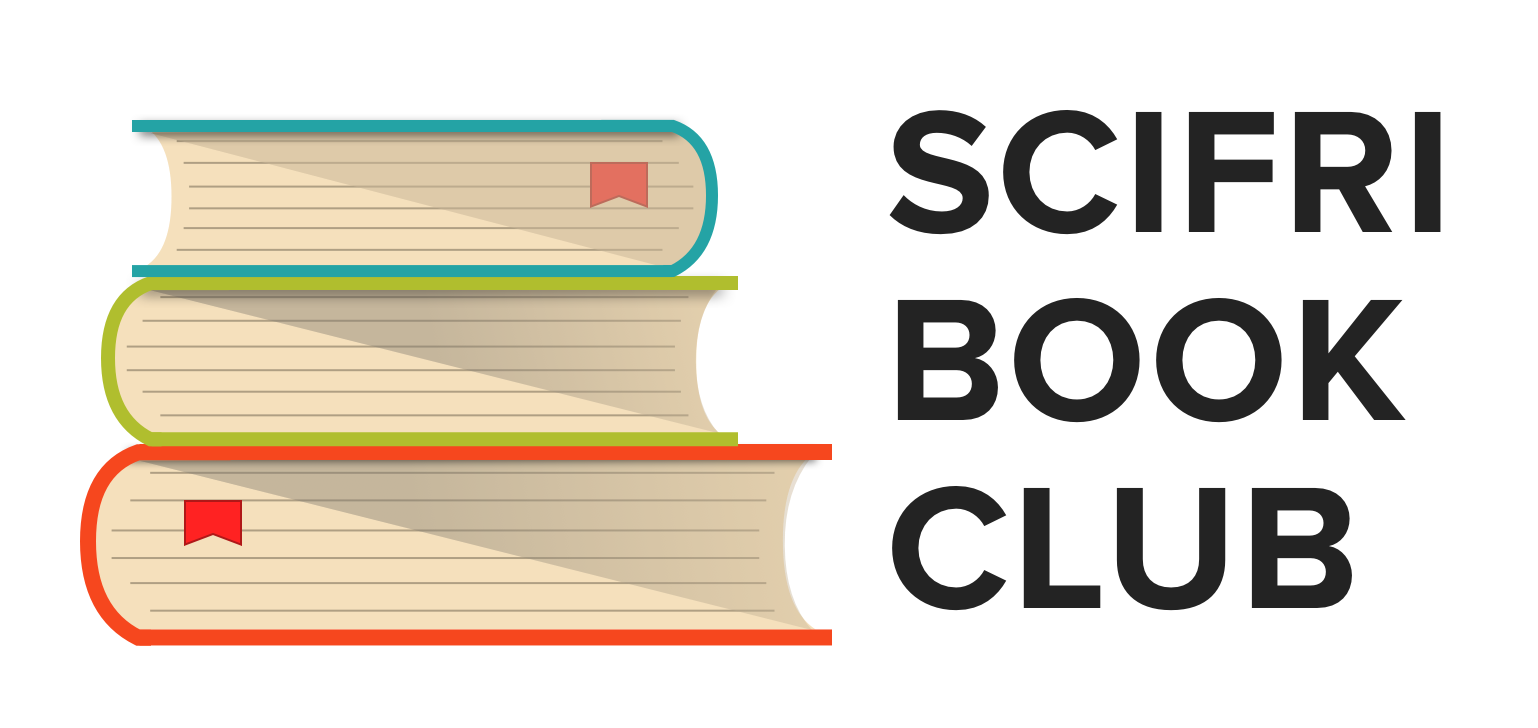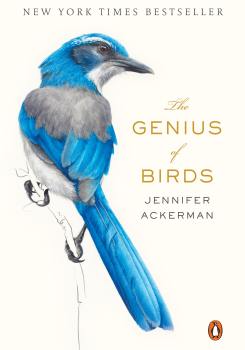Mapping The Intelligent Mind Of Birds
In this excerpt of ‘The Genius of Birds,’ Jennifer Ackerman charts out how the connectivity maps of bird brains are not too different from our own.
 This excerpt is part of our summer Book Club conversation about Jennifer Ackerman’s book ‘The Genius of Birds.’ Want to participate? Sign up for our newsletter or talk to us using the SciFri VoxPop app.
This excerpt is part of our summer Book Club conversation about Jennifer Ackerman’s book ‘The Genius of Birds.’ Want to participate? Sign up for our newsletter or talk to us using the SciFri VoxPop app.
The following is an excerpt of The Genius of Birds by Jennifer Ackerman.

The Genius of Birds
I find it oddly thrilling that the mental maps of birds remain… well… unmapped. There’s no clear evidence that any one sensory cue is the whole story. Which cues a particular bird uses on any particular journey may depend on the scale of the trip, or what’s handy, or the environmental conditions (like a kayaker in fog, it may resort to lesser ones when the chief ones aren’t at hand), or simply its own individual predilections.
For instance, which cues a pigeon uses to home in on its loft may depend on its life experience and its own quirky choosing. In Blaser’s study of homing pigeons, she found that the pigeons never beelined to their target; each time, they took a slightly different route—“a compromise between their chosen compass direction, topographic factors, and their own individual flight strategies,” she says. A lot depends on how a pigeon grows up—and where. A pigeon raised in a loft without ambient odors orients using other cues and isn’t affected when deprived of its sense of smell, according to Charles Walcott. Likewise, sibling pigeons raised in different lofts have different responses to magnetic anomalies: One finds its way despite the weird magnetic pattern; the other is bewildered by it and loses its sense of direction.
Individual birds are also just eccentric and seem to use their orientation cues according to their own styles. Walcott tells the story of one pigeon raised near a prominent hill in Massachusetts. When released at an unfamiliar site, he always flew to the nearest mountain before flying home—unlike any of the other birds raised in his loft. Another pigeon was a champion distance navigator, but once he got within six miles of his loft, says Walcott, he just kind of gave up and landed in a garden somewhere. In this arena, as in all aspects of bird (and human) life, idiosyncrasy and opportunism may prevail.
Like an executive who enjoys having two cell phones and a laptop tuned to the Weather Channel, a pigeon may rely on all kinds of available information for guidance. She may use multiple and redundant cues to find her way, and mental maps unlike anything we’ve ever encountered. Her spatial grid may not be bicoordinate at all, but multicoordinate, layered with a still mysterious mix of sun, star, and geomagnetic cues, sound waves, and swirling signboards of smell, all thoroughly integrated.
This notion seems to dovetail (if you’ll excuse the expression) with a new theory about the overall organization of bird brains—and our own. In the lingo of neuroscience, brains are known as “massively parallel, distributed control systems.” Roughly speaking, that means that they contain a colossal number of little “processors”—neurons—that operate in parallel but are distributed all over. The problem in a brain, then, is how to pull together all those distributed resources—the totality of what an animal knows—to meet a challenge (such as navigation) or respond to unpredictable circumstances (like a storm).
It’s called cognitive integration. The brain of a bee, with only a million neurons, does it. So does the human brain, with its 100 billion neurons.
“Humans excel at cognitive integration,” says Murray Shanahan, a computational neuroscientist at Imperial College London—although he admits that failures are commonplace, “as when I remove the Ubend of my sink,” and then “pour its dirty contents back into the plughole, causing an unwelcome deluge.” (Or the equivalent sink lore of my family: When, minutes before our big annual Christmas party, my mother stood at the sink in dismay, having just poured a cauldron of mulled wine for fifty through a mesh strainer directly into the drain, leaving only a clump of damp cloves, peppercorns, and bay leaves to serve to her guests.)
True navigation is a triumph of cognitive integration, says Shanahan.
To achieve it, a certain pattern of connectivity in the brain is required. Information about landmarks, distances, spatial relations, memories, sights, sounds, and smells must all funnel into a core of important brain regions and then fan out between them. This, he explains, “results in an integrated response to the [bird’s] ongoing situation.”
Like an executive who enjoys having two cell phones and a laptop tuned to the Weather Channel, a pigeon may rely on all kinds of available information for guidance. She may use multiple and redundant cues to find her way, and mental maps unlike anything we’ve ever encountered.
To figure out how this connectivity might work in a typical bird brain, Shanahan co-opted a team of neuroanatomists to analyze anatomical studies of pigeon brains. (Pigeons were a good species to pick, he says, because they can perform noteworthy feats of cognition.) Drawing on more than forty years’ worth of studies tracing pathways between brain regions in pigeons, the team created the first largescale map, or wiring diagram, of the pigeon brain, showing how different regions in a typical bird brain are connected to process information.
The surprise?
The map the team came up with looks a lot like such connectivity maps for mammals, including humans. Though birds have radically different brain architecture from ours, when it comes to connectivity, their brains seem to be organized in a similar fashion. Shanahan sees in the similarity what he calls a common blueprint for high-level cognition. In simplified terms: The human brain is thought to be a so-called small world network, not unlike Facebook. Different modules—or regions—of the brain are connected by a relatively small number of neurons known as hub nodes. These hub nodes connect with lots of other neurons, some times over long distances, to provide a short connective link between any two nodes in the network. (Think of someone with thousands of “friends” on Facebook.) The hub nodes linking parts of the brain important in cognition—such as long-term memory, spatial orientation, problem solving—together make up the brain’s “connective core.”
Shanahan found that the hub nodes in the pigeon’s hippocampus, in particular—so crucial to navigation—had very dense connections to other parts of the bird’s brain.
The idea is this: If a migrating lapwing or reed warbler is blown halfway across the country by a storm, perhaps the information her senses gather from all of her sources—from the scents of land and sea, from magnetic signatures and anomalies, from the slant of sunlight and the starry pattern of night skies—all funnels into the connective core in her brain, where it’s integrated and then fans out to the brain regions that will help guide her to her natal ground.
In a bird brain, then, a smallworld network may create a bigworld map. So that a hummingbird can find her way to David White’s feeder each spring. So that an Arctic tern can journey like a guided missile from one bright pole to the other. So that one cool April morning after being away for five years, Whitetail the racing pigeon can finally hightail it home.
From The Genius of Birds, by Jennifer Ackerman, courtesy of Penguin Press.
Jennifer Ackerman is a science writer and author of several books, including What An Owl Knows and The Genius of Birds.